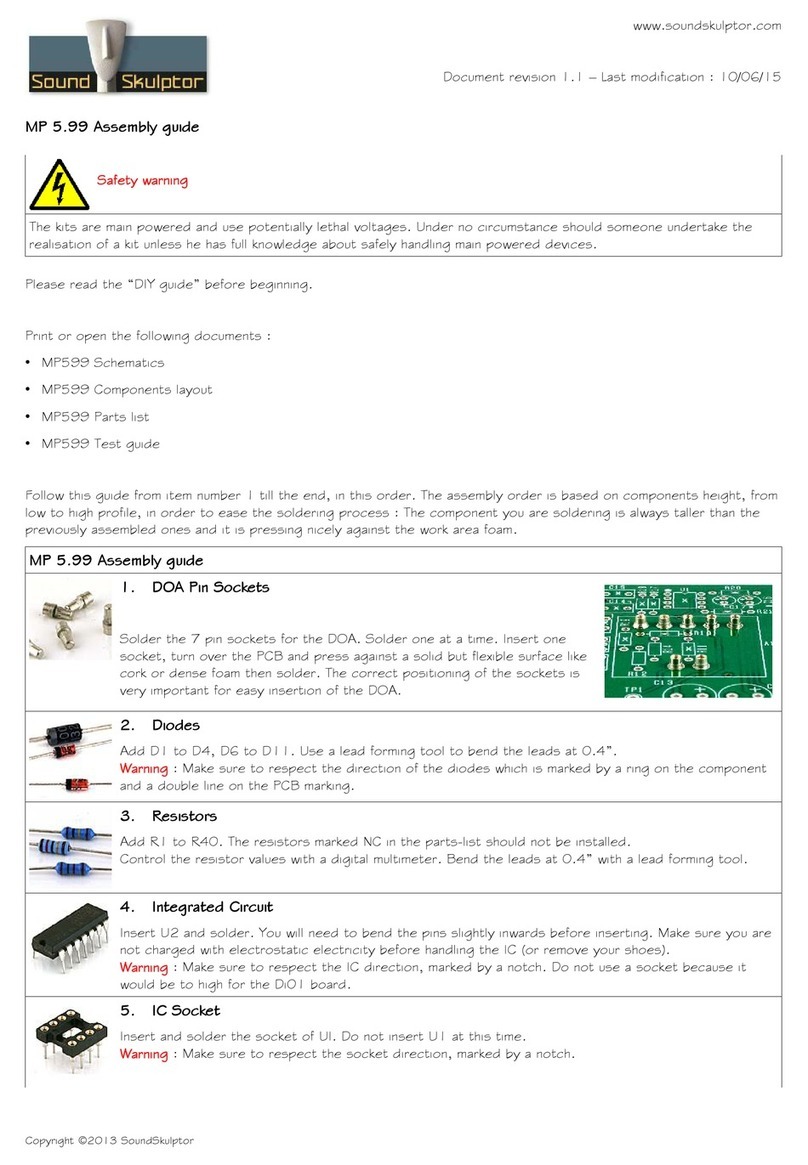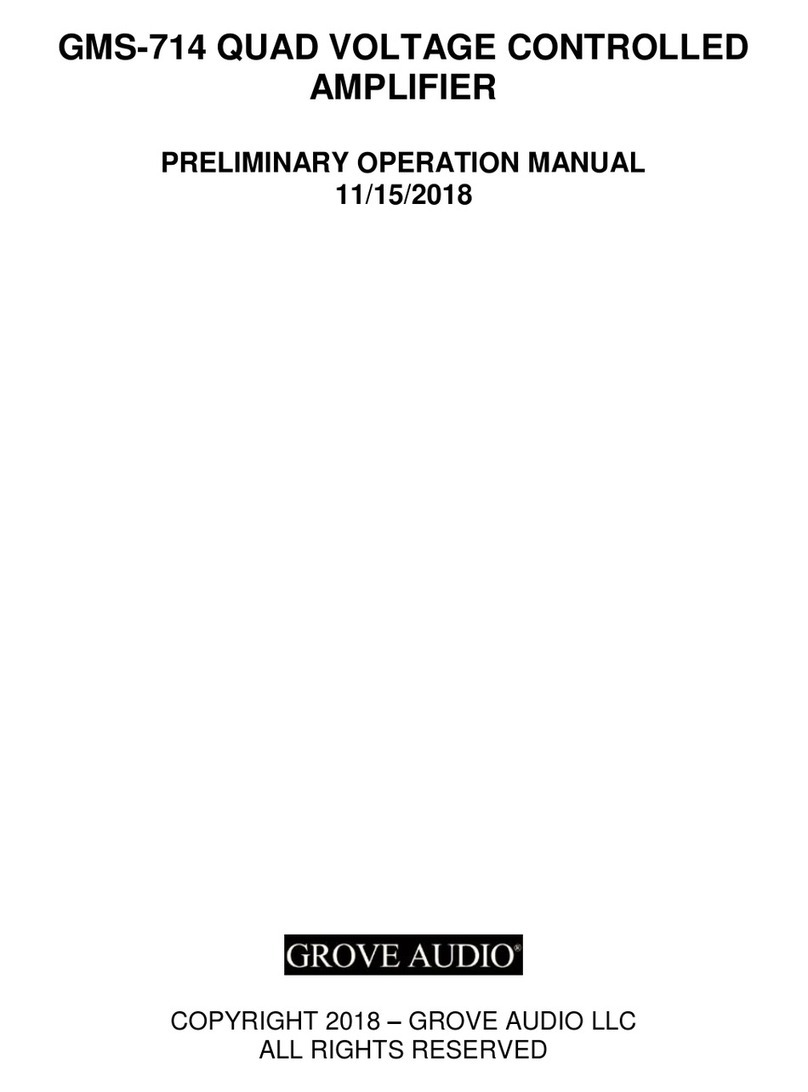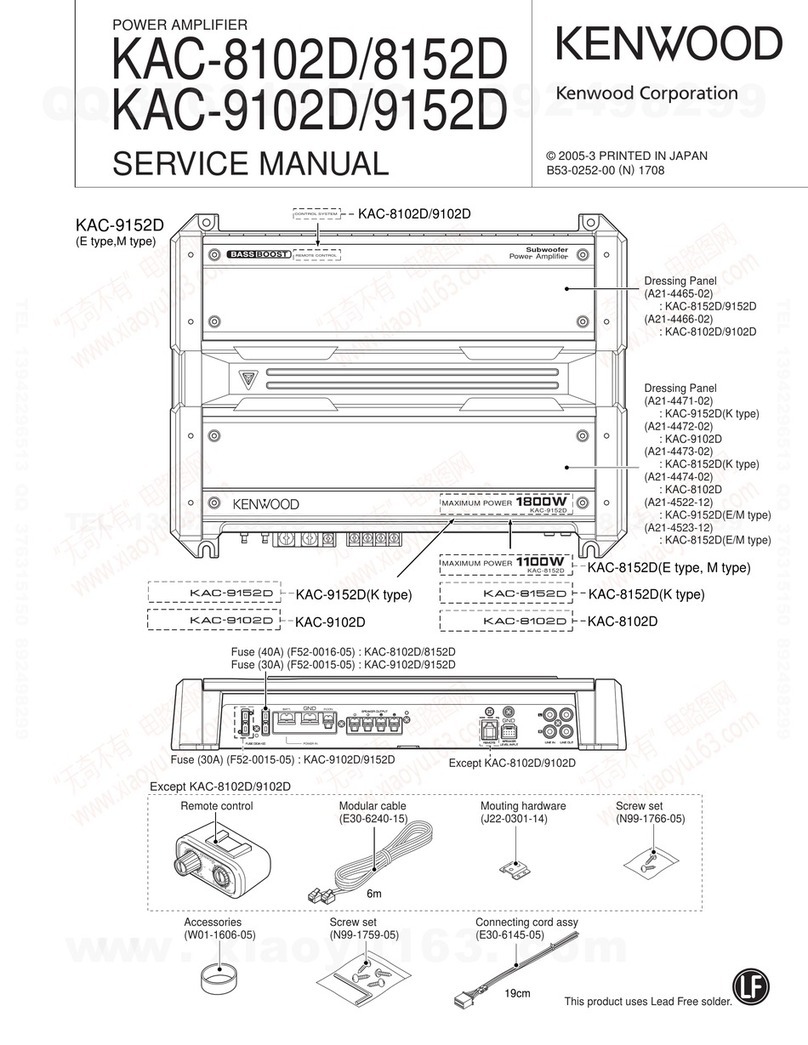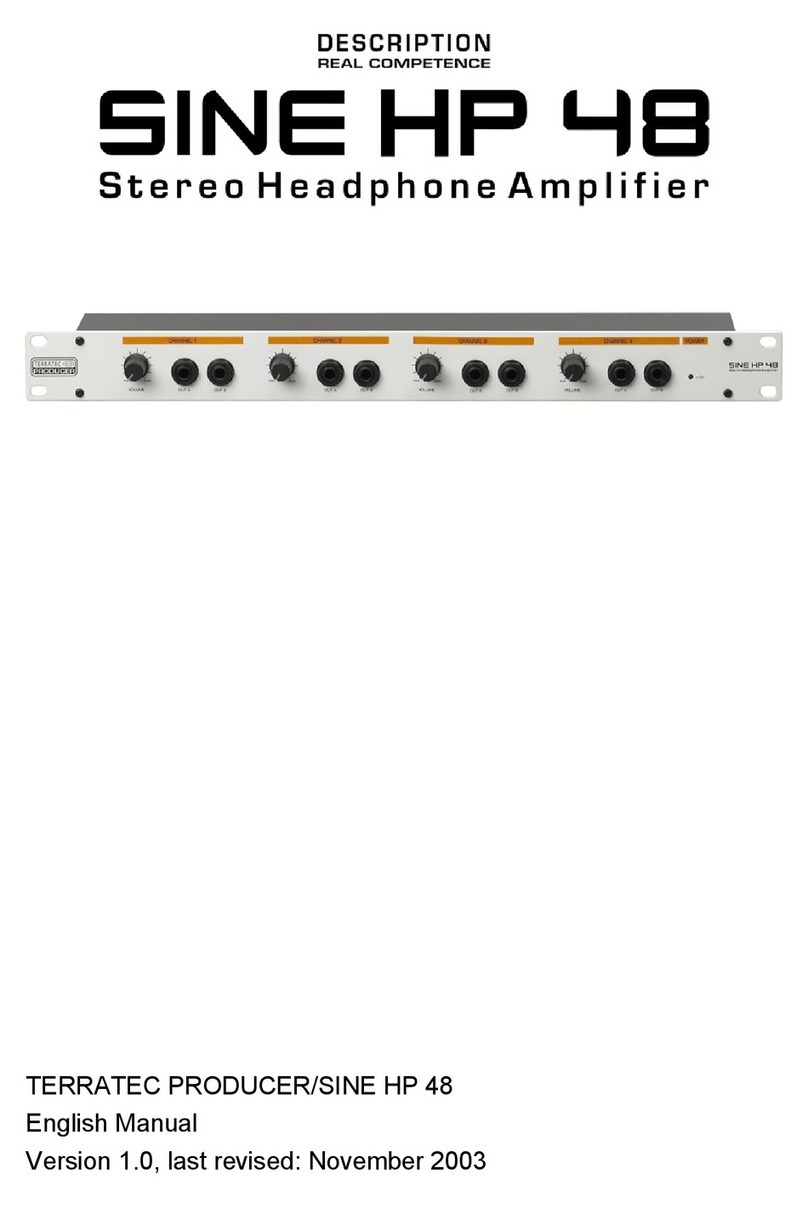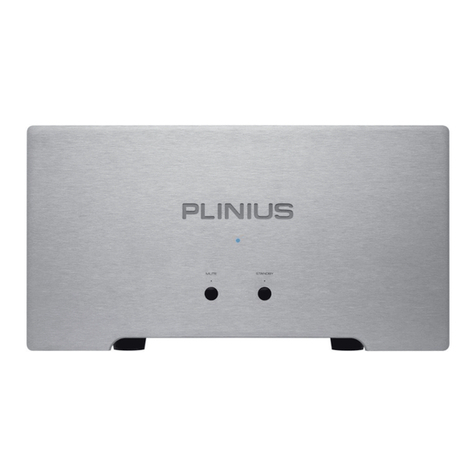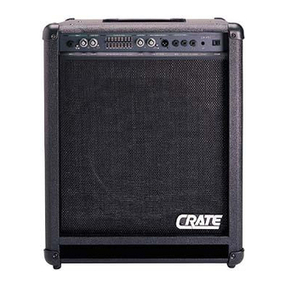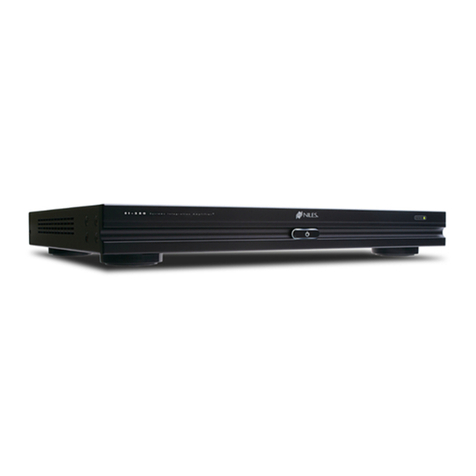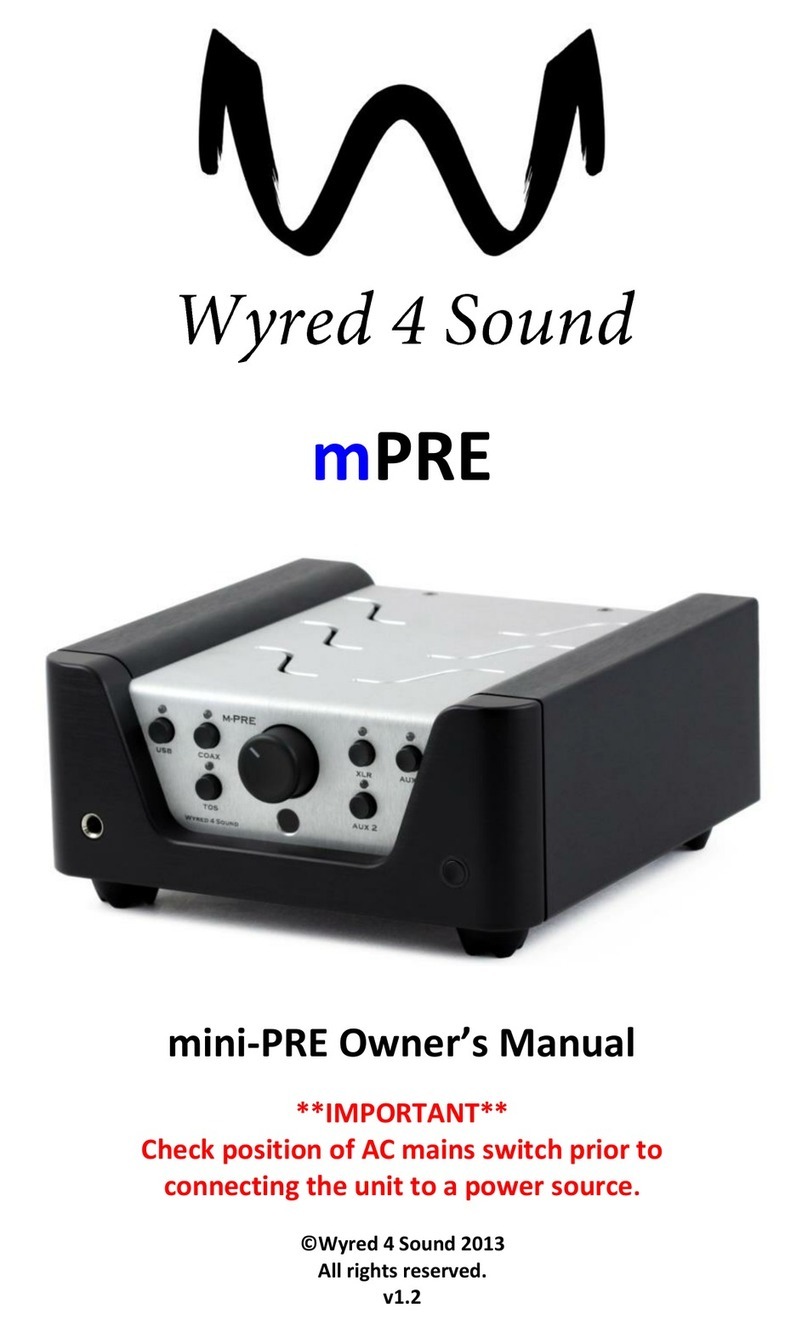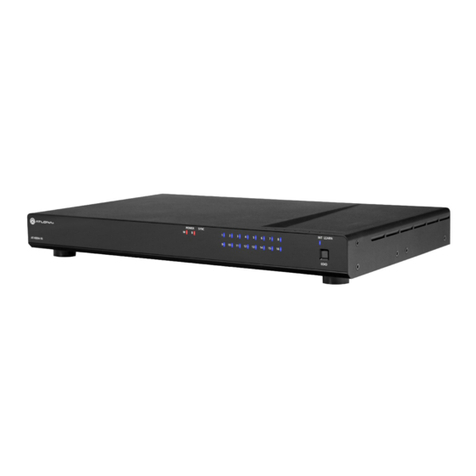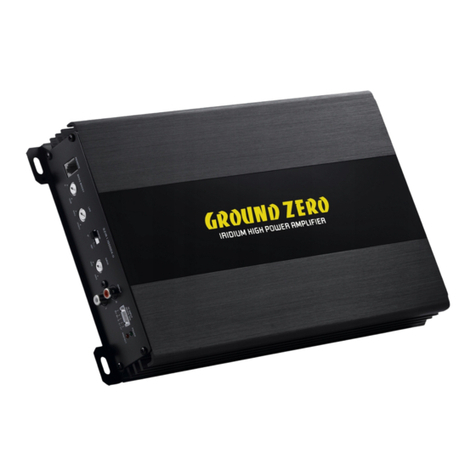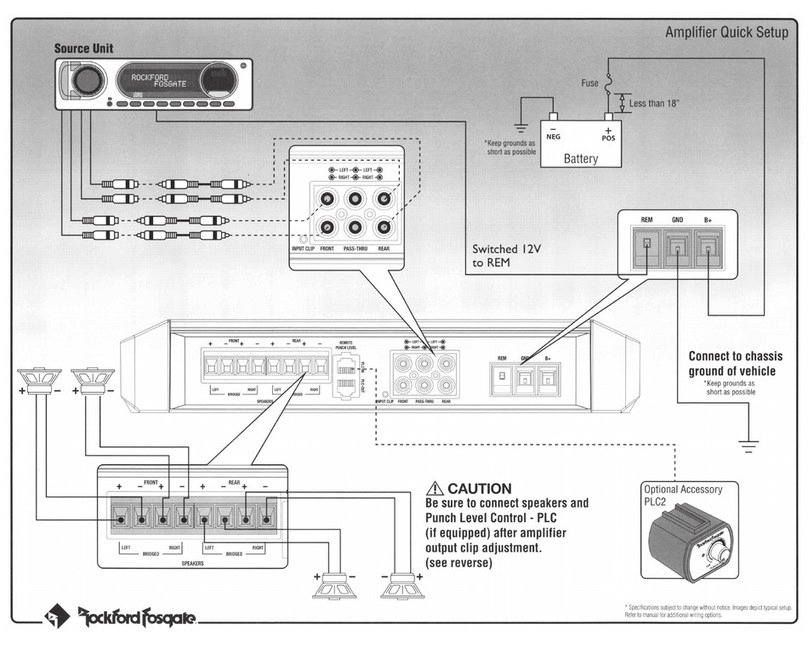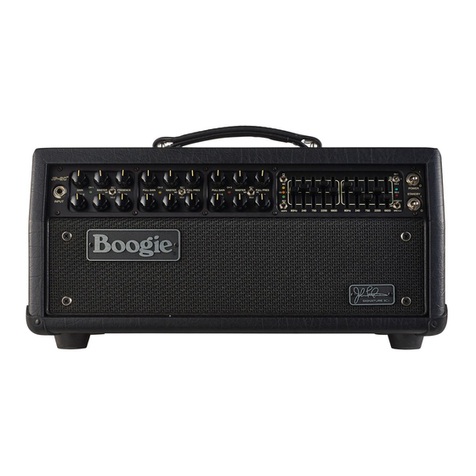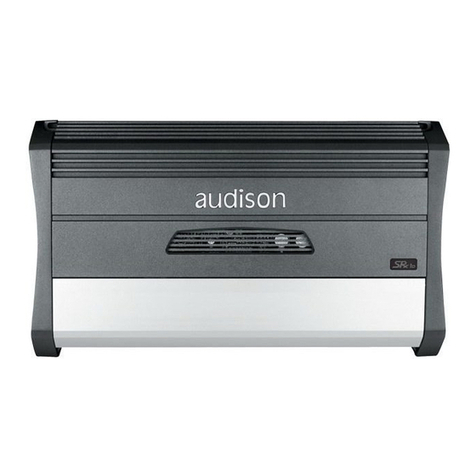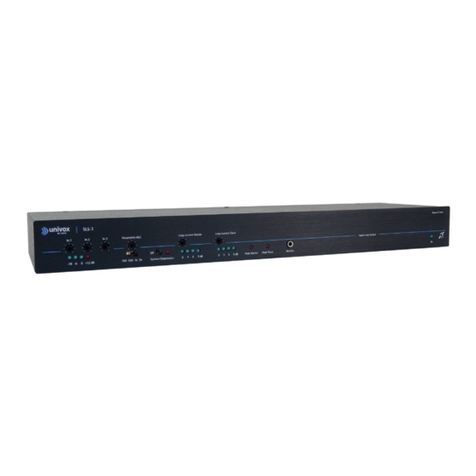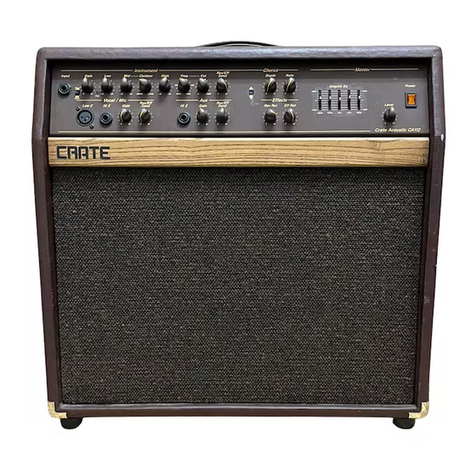Sound Skulptor MP573 User manual

www.soundskulptor.com
Document revision 2.3 – Last modification : 27/05/21
P573 Assembly guide
Safety warning
The kits are main powered and use potentially lethal voltages. Under no circumstance should someone undertake the
realisation of a kit unless he has full knowledge about safely handling main powered devices.
Please read the “DIY guide” before beginning.
Print or open the following documents :
•P573 Schematics
•P573 Components layout
•P573 Parts list
•P573 Setup guide
Follow this guide from item number 1 till the end, in this order. The assembly order is based on components height, from
low to high profile, in order to ease the soldering process : The component you are soldering is always taller than the
previously assembled ones and it is pressing nicely against the work area foam.
Soldering
All the PCB holes are metallized. It means the connections between the top and bottom pads are already
made. The parts must be soldered only from below (unless differently stated).
Use only small diameter solder, 0.5 or 0.7 mm, 1mm maximum. Use the minimum possible amount of
solder. Bad joints are almost always caused by too much solder.
Here are two excellent introduction to soldering videos:
http://www.eevblog.com/2011/06/19/eevblog-180-soldering-tutorial-part-1-tools/
http://www.eevblog.com/2011/07/02/eevblog-183-soldering-tutorial-part-2/
P573 Assembly guide – PCB split
1. PCB split
Split the multiple PCB along the
red lines on the picture.
This will separate the main PCB,
DI PCB, input & output
transformer PCB, link PCB's and
the protection cover.
Clean up the break line with very
thin sand paper.
There are two additional safety PCB's available: One input transformer PCB and one output transformer
connector PCB. These won't be used for this build.
Copyright ©2015 SoundSkulptor

www.soundskulptor.com
Document revision 2.3 – Last modification : 27/05/21
P573 Assembly guide – ain PCB, B side
2. B side
The P573 main PCB carries components on both sides. The A side is the side with the title writing
“ P573”. We will start by the B side which holds only a few components.
3. Diodes
Add D1, D2, D5. Use a lead forming tool to bend the leads at 0.4”.
Warning : ake sure to respect the direction of the diodes which is marked by a ring on the component
and a double line on the PCB marking.
4. Resistors
Add R4, R5, R6, R28.
Control the resistor values with a digital multimeter. Bend the leads at 0.4” with a lead forming tool.
5. Relays
Add RLY1 to RLY3. Cut the pins ultra-short.
Warning : ake sure to respect the direction of the relays which is marked by a white line on the
component and on the PCB marking.
Warning : Be careful to make very good solders here because later, these will be hidden by the input
transformer and thus difficult to repair.
6. LED
Bend the leads of D10 right angle at 6mm from the body
taking care of the anode position (the longest lead).Insert
from the PCB B side and solder with the leads at 2mm
from the PCB surface.
Warning : it is easy to bend the leads in the
wrong direction !
Copyright ©2015 SoundSkulptor

www.soundskulptor.com
Document revision 2.3 – Last modification : 27/05/21
P573 Assembly guide – ain PCB, B side
P573 Assembly guide – ain PCB, A side
7. A side
Turn the board over, A side up. ake sure all the B side component leads have been cut as short as
possible.
8. Diodes
Add D3, D4, D6 to D9. Use a lead forming tool to bend the leads at 0.4”.
Warning : ake sure to respect the direction of the diodes which is marked by a ring on the component
and a double line on the PCB marking.
9. Horizontal resistors
Add R1, R2, R17, R18, R21, R24, R26, R27, R29 to R37, R39 to R58.
Control the resistor values with a digital multimeter. Bend the leads at 0.4” with a lead forming tool,
except for R26 and R47 which are bended at 0.6”.
10. Integrated Circuit
Insert U3 and solder. You will need to bend the pins slightly inwards before inserting. ake sure you are
not charged with electrostatic electricity before handling the IC (or remove your shoes).
Warning : ake sure to respect the IC direction, marked by a notch. Do not use a socket because it
would be to high for the Di01 board.
11. Test pins
Solder the 5 test pins TP1, TP2, V+, TP4 and 0V as well as 2 additional pins, used for mechanical
strengthening near CN1.
These pins are inserted from the top PCB side, long tail up. After soldering, cut flush on the solder side.
Copyright ©2015 SoundSkulptor

www.soundskulptor.com
Document revision 2.3 – Last modification : 27/05/21
P573 Assembly guide – ain PCB, A side
12. Jumper header
Solder jumper header J P3. Solder one pin first, check verticality, then solder the other pins.
J P1 and J P2 are for future use. They allow moving the insert point, situated between first and second
stage, to the back connector. When used you will also need to add 2 wires shown in the bottom side
layout (mp573-layout.pdf).
13. Ceramic capacitors
Add C2, C3, C4, C5, C16, C17, C25, C28, C30, C31, C32, C33.
14. Vertical resistors
Insert R3, R7 to R16, R19, R20, R22, R23, R25, R38.
These resistors are placed vertically. Bend one leg 180° sharp
and insert.
15. Film capacitors
Add C9, C15, C21, C26.
16. Tantalum capacitors
Add C14, C24, C20, C22. The plus lead is the longest lead.
Warning : The +lead must go into the +hole. Do not reverse !
17. Transistors
Add Q1 to Q5.
Warning : Watch out the transistor direction.
18. PTC 1
Solder the thermistor PTC1.
Copyright ©2015 SoundSkulptor

www.soundskulptor.com
Document revision 2.3 – Last modification : 27/05/21
P573 Assembly guide – ain PCB, A side
19. DI Connector
Solder the connector socket CN3a. Solder one pin first, check verticality, then solder the other pins.
20. Output TX connector
Solder the connector socket CN2. Solder one pin first, check verticality, then solder the other pins.
21. Link Connector
Solder the connector header CN. Solder one pin first, check verticality, then solder the other pins.
22. Trimmer potentiometer
Add P2. Solder one pin, check verticality then solder the other pins.
Copyright ©2015 SoundSkulptor

www.soundskulptor.com
Document revision 2.3 – Last modification : 27/05/21
P573 Assembly guide – ain PCB, A side
23. Small electrolytic capacitors
Add C18, C27, C6, C8, C19, C29, C1.
Solder one lead first, adjust verticality then solder the second lead.
Warning : The +lead must go into the +hole. Do not reverse (they may explode !)
24. Switches
Add SW1, SW2 and SW3. The position of the switches is critical for a good front-plate matching. They
must sit flat on the PCB. Press firmly the switch on the PCB and solder one of the front pins (housing).
Check verticality and horizontality. Then solder the other pins.
25. Potentiometer
Place the bracket on the potentiometer bush. Attach with lock washer and nut. Insert potentiometer and
bracket into the PCB holes. Solder the 2 central potentiometer pins, taking care that it sits perfectly flat
on the PCB. Double check that the potentiometer shaft is parallel to the PCB surface. Adjust if needed.
Once the position is correct, solder the other pins.
26. Rotary switch
If your kit contains the switch with adjustable stops, insert the supplied metal
stops into the holes that are circled in the picture. Then place the adhesive
sticker to lock them in place.
Warning : Work carefully over a large tray because these metal stops are
incredibly easy to drop and lose!
Insert SW4. ake sure that the switch if sitting perfectly flat on the PCB.
Solder 2 opposite pins, check that the shaft is parallel to the PCB, then
solder the other pins.
Warning : Double or triple check the switch position before committing to solder because it is impossible
to unsolder and pretty expensive to replace. The pads are small and take some care to solder.
27. Regulators
Add U1 and U2. Insert as far down as possible, solder one pin, adjust the verticality, then solder the
two other pins.
Warning : Watch out the direction, the metal tab at the back of the device is symbolized by a double line
on the PCB marking.
28. Large electrolytics
Add C7, C10, C11, C12, C13, C23.
Solder one lead first, adjust verticality then solder the second lead.
Warning : The +lead must go into the +hole. Do not reverse (they will explode !)
29. Power transistor Q6
Clip Q6 into its heatsink making sure it is well centred. The transistor must be
firmly pinched by the clip. If available a drop of thermal paste can be layered on
the back of the transistor.
Insert the 2 heatsink pins all the way down into the PCB holes. The transistor
pins are going through the slot. Solder the heatsink pins. Bend the 3 transistor
pins 90° in direction of the 3 rectangular pads underneath the PCB. Cut the
pins slightly shorter than the pads and solder.
Copyright ©2015 SoundSkulptor

www.soundskulptor.com
Document revision 2.3 – Last modification : 27/05/21
P573 Assembly guide – ain PCB, A side
30. Input transformer front PCB
Use the input transformer front PCB, the one with the pin holes and numbers.
Two units of this PCB are available. Only one will be used.
Insert the 90°, 13 pins headers, long tails first, into the holes, from the top
side, marked SOUNDSKULPTOR.
Use the supplied jumpers to hold the connector in position while you solder one
pin. Remove the jumpers and solder the other pins. Cut the straight pins sharp.
Warning : the pin headers must sit perfectly perpendicular to the PCB surface for a good matching with
the main PCB.
Copyright ©2015 SoundSkulptor

www.soundskulptor.com
Document revision 2.3 – Last modification : 27/05/21
P573 Assembly guide – ain PCB, A side
31. Input transformer back PCB
Use the input transformer back PCB.
Insert the 90°, 13 pins headers, long tails first, into the holes, from the side marked NOT VISIBLE.
Solder one pin, adjust the position then solder the other pins. Only one pin out of two are soldered. Cut
the straight pins sharp.
32. Input transformer assembly
Remove the 2 screws from the transformer pin side and insert the
front PCB on top of the transformer, checking the pins number
correspondence and with the NOT VISIBLE text hidden. Assemble with
the 2 screws. Solder the transformer pins.
Place the back PCB on the other side of the transformer, with the
NOT VISIBLE text hidden. Assemble with the 2 provided screws.
Insert the transformer into the main PCB and solder the pins.
Warning: The pins do not protrude much over the PCB so make sure
that you heat generously and see the solder flow into the holes.
33. Output transformer PCB
Place the 2x8 pins, 90° connector on the output transformer PCB,
on the side where it is drawn. Solder.
Cut the output transformer wires at
approximately 14 cm (5.5”). Strip out 5mm.
Insert, one at a time, the wires from the PCB
side with the colour identifiers, taking care of
matching the wire colour with the ID. Insert the
stripped end into the corresponding hole and
solder.
For a cleaner aspect, respect the wire parallelism from transformer to PCB.
YE=yellow, BK=black, OR=orange, BL=blue, GR=green, RD=red, VI=violet,
BR=brown.
34. Jumpers
Place one jumper on CN1 at the position marked by a white line.
Place one jumper on J P3. This jumper will be removed after testing.
35. Visual check
At this point, brush the solder side with a hard tooth brush to remove any remaining solder bits.
ake a full visual check. Any missing component on the board ? Any remaining component in the box ?
When everything looks correct, proceed with the frame assembly.
Copyright ©2015 SoundSkulptor

www.soundskulptor.com
Document revision 2.3 – Last modification : 27/05/21
P573 Assembly guide – ain PCB, A side
36. Output transformer assembly
Insert 4 3x35mm countersunk screws into the
side plate. On each screw, insert one 4mm
spacer. Insert the transformer on the 4 screws
and attach with 4 self locking nuts. Tighten without
crushing the transformer frame.
37. PCB & front plate assembly
Place the PCB on the side plate and attach with four 25mm spacers and 4 lock washers. Do not tighten
yet, letting the PCB free to play within the holes size.
Remove the nut on the Grayhill rotary switch but leave the lock washer in place.
Assemble the front plate, watching the LED position and attach to the side plate with 2 3x6mm
countersunk black screws.
Place the nut on the Grayhill and tighten gently.
Tighten the 4 spacers on the PCB.
38. Output transformer connection
Twist the output transformer wires several times and plug the connector into the main PCB, matching the
white dot positions on the two PCB's.
Copyright ©2015 SoundSkulptor

www.soundskulptor.com
Document revision 2.3 – Last modification : 27/05/21
P573 Assembly guide – ain PCB, A side
39. Knobs
Attach the 2 knobs, using the included 1.5mm hex key.
P573 Assembly guide – DI board
40. Horizontal resistors
Add R59 to R61, R63 to R69.
Control the resistor values with a digital multimeter. Bend the leads at 0.4” with a lead forming tool.
41. Vertical resistor
Add R62. This resistor is placed vertically. Bend one leg 180° sharp and insert.
Copyright ©2015 SoundSkulptor

www.soundskulptor.com
Document revision 2.3 – Last modification : 27/05/21
P573 Assembly guide – DI board
42. Diodes
Add D11 and D12. These diodes are placed vertically. Bend the cathode leg
(identified by the black ring).
Warning : ake sure to respect the direction of the diodes which is marked by a
ring on the component and a 'K' on the PCB marking.
43. Film capacitor
Add C34.
44. Transistors
Add Q7 and Q8.
The PCB has provision for two pinouts for Q8. With the current 2SK170, use the A position.
Warning : Watch out the transistor direction.
45. Electrolytic capacitors
Add C35, C36, C37.
Solder one lead first, adjust verticality then solder the second lead.
Warning : The +lead must go into the +hole. Do not reverse!
46. Jack connector
Add CN4. The position of the socket is important for a good front-plate matching. It must sit flat
on the PCB. Press firmly the socket on the PCB and solder one of the pins. Check position then solder
the other pins.
47. 6 pins Connector
Solder the connector CN3b. Solder one pin first, check verticality, then solder the other pins.
Warning : the connector pins must be exactly perpendicular to the PCB to allow proper insertion into the
preamp board.
48. Visual check
Brush the solder side with a hard tooth brush to remove any remaining solder bits. ake a full visual
check. Any missing component on the board ? Any remaining component in the box ?
Copyright ©2015 SoundSkulptor

www.soundskulptor.com
Document revision 2.3 – Last modification : 27/05/21
P573 Assembly guide – Final assembly
49. Setup
Your P573 is now ready for test and setup. Please follow instructions in the “ P573 Setup”
document.
50. DI board installation
Place one 1.2mm black plastic spacer on the jack socket and insert into the front panel while fitting the
CN3 connector pins into the socket on the main PCB. Screw in the front nut through the bevelled front
spacer with an 12 socket spanner.
51. Closing
Attach the cover PCB with four 3x6 countersunk screws.
Copyright ©2015 SoundSkulptor
Other manuals for MP573
2
Table of contents
Other Sound Skulptor Amplifier manuals
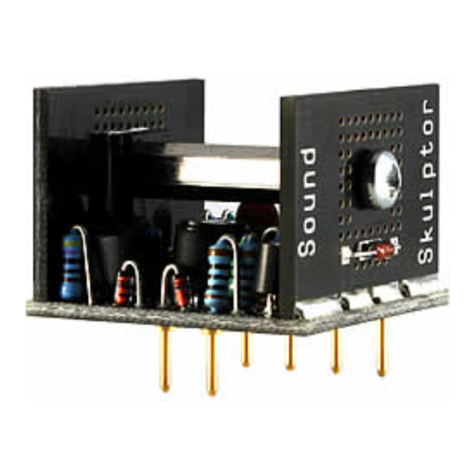
Sound Skulptor
Sound Skulptor SK25 User manual

Sound Skulptor
Sound Skulptor MP 566 User manual
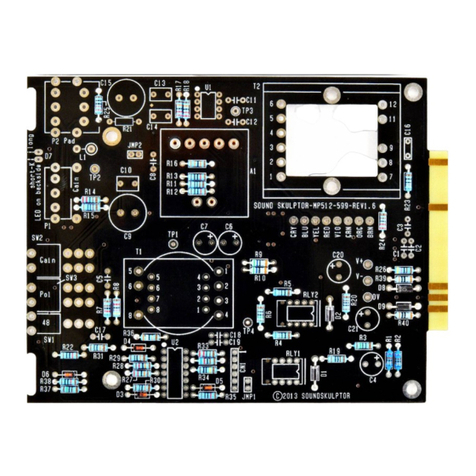
Sound Skulptor
Sound Skulptor MP 599 User manual
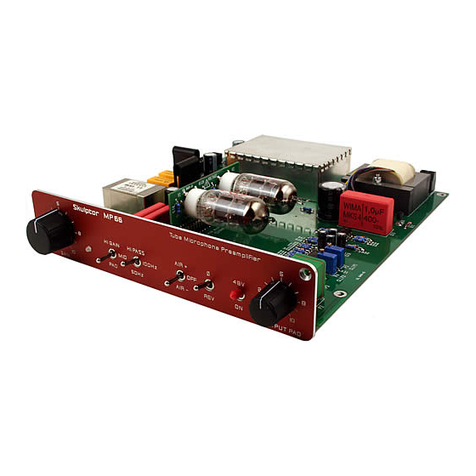
Sound Skulptor
Sound Skulptor MP66 User manual
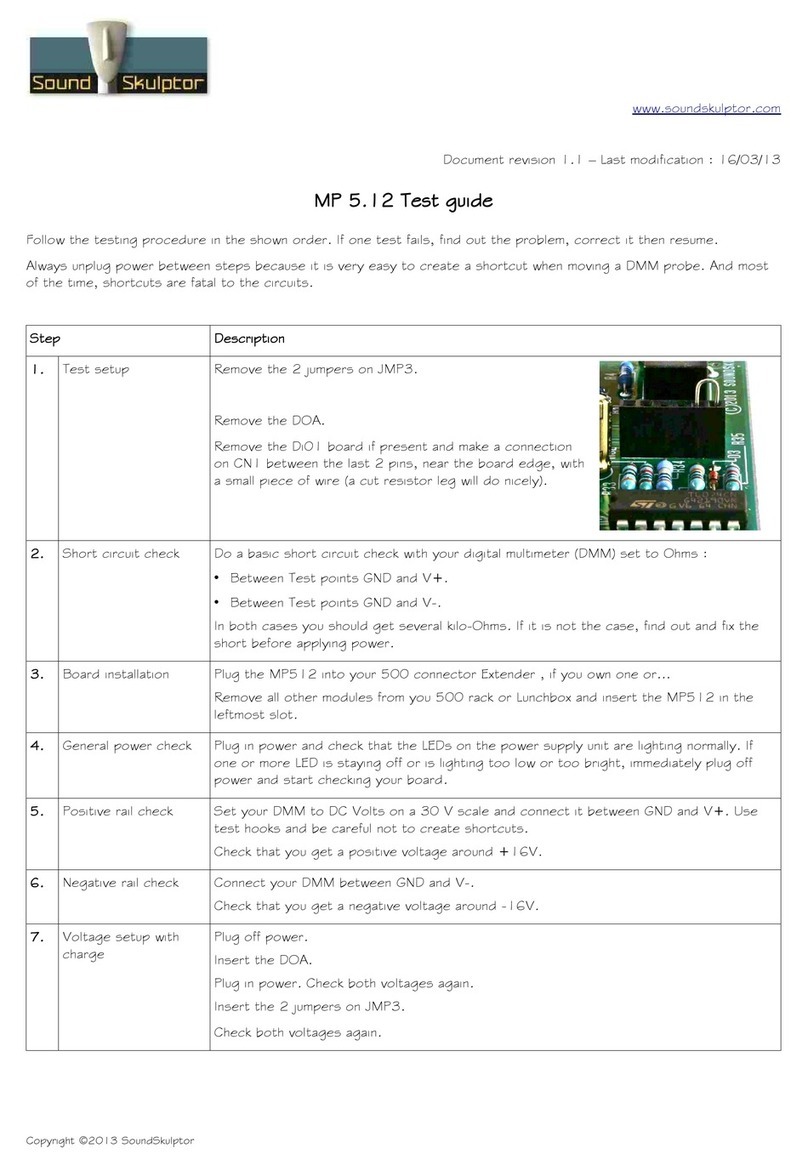
Sound Skulptor
Sound Skulptor MP 512 User manual
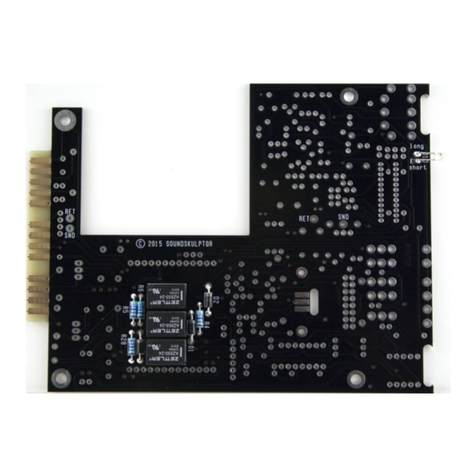
Sound Skulptor
Sound Skulptor MP573 User manual
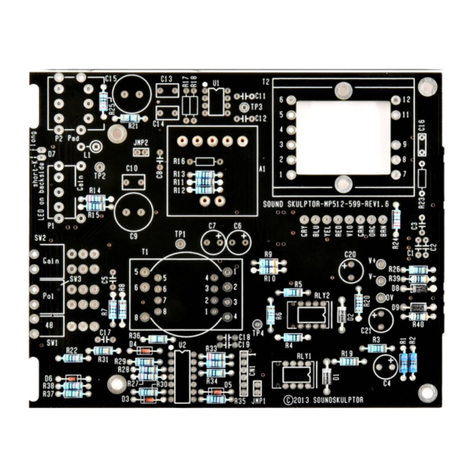
Sound Skulptor
Sound Skulptor MP 512 User manual
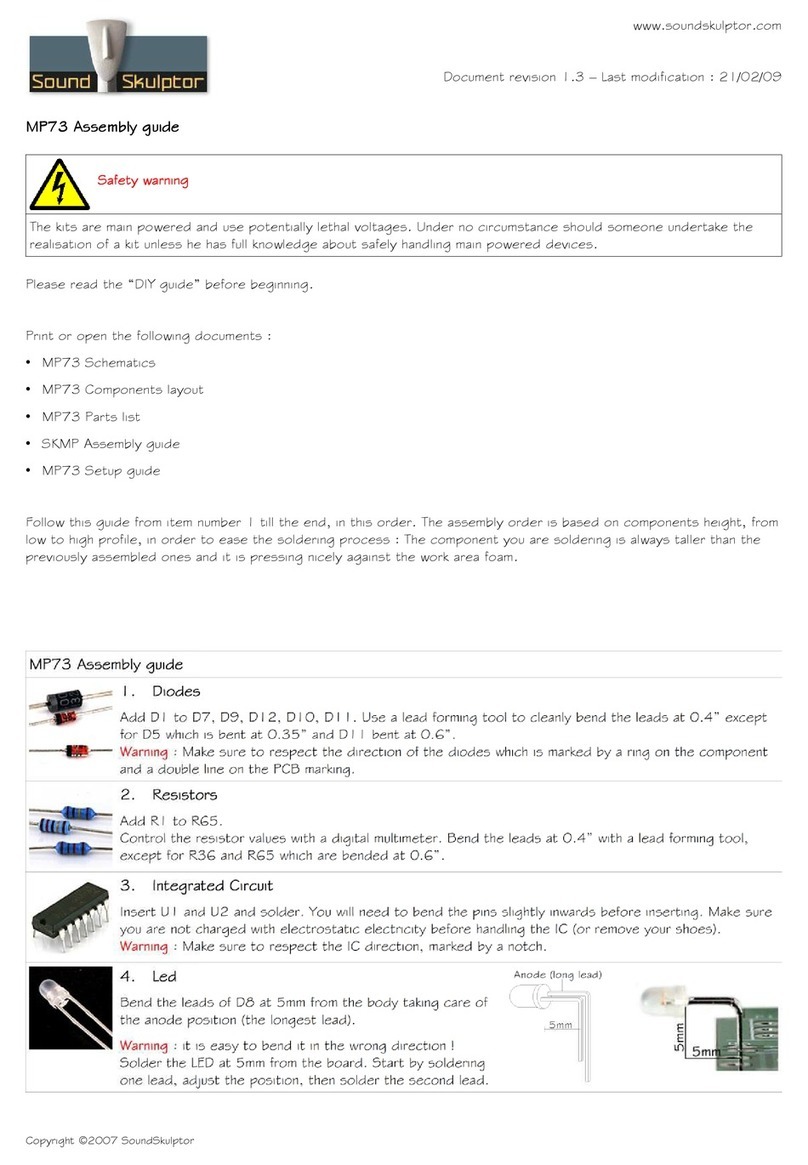
Sound Skulptor
Sound Skulptor MP73 User manual
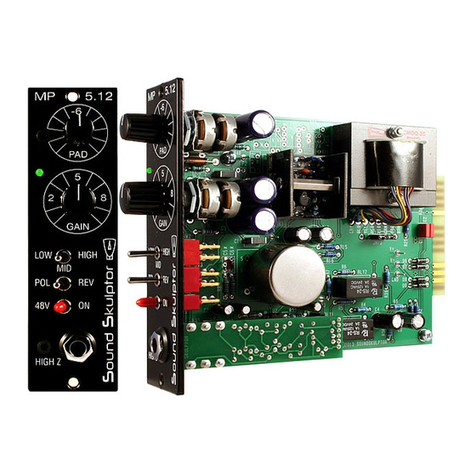
Sound Skulptor
Sound Skulptor MP 512 User manual

Sound Skulptor
Sound Skulptor MP73 User manual

